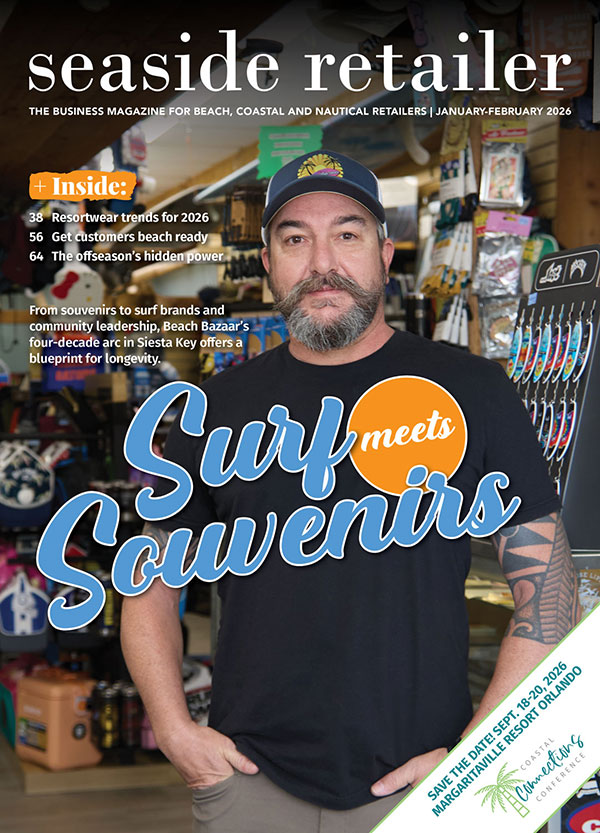
The COVID-19 pandemic may have changed the way retail stores operate, but that doesn’t mean it has to slow business down. Local social distancing guidelines may limit the number of people you can admit into your store at any given time. Such limitations make it imperative that the seeing-to-purchasing sequence be completed much faster.
To make more sales, you’ll need to move customers through your store quicker so that other shoppers can come in and buy.
Social distancing limitations make it imperative that the seeing-to-purchasing sequence be completed much faster.
If done right, your customers won’t even notice that they’re taking less time to make their purchasing decisions. Here are six tips to help improve your store’s seeing-to-purchasing process:
1. Have a compelling exterior. Give prospective shoppers a reason to stop and look at your storefront and then walk into your store. A striking display or sign, perhaps with a positive-yet-enticing message added will stimulate people passing by to explore inside.
2. Make your entrance tell a story. To have maximum impact, the story your merchandise tells should have a single cohesive narrative. A winning story for our present day could be, “You deserve to pamper yourself.” During difficult times like these, people tend to purchase home goods — little luxuries like scented candles that make forced cocooning feel more comfortable.
3. Clear the path. How easy is it to explore your selling space? There should be a clearly defined path that leads customers to explore every nook and cranny of your store without running into dead ends that allow them to easily boomerang back outside. You’re paying rent on your entire selling space, so make every square foot earn its keep.
4. Make it easy to navigate. Shoppers should be able to comfortably browse your aisles without being brushed by another customer passing by. Make sure you have enough space for strollers, wheelchairs and mobility scooters. Remove any items from the floor that might create a tripping hazard.
5. Create product themes or stories. Customers prefer well-organized stores with products that belong together closely grouped, not just haphazardly placed wherever space happens to be available. For example, finding kitchen items adjacent to dining accessories or stationery and desk accessories near home office furniture allows shoppers a seamless transition and increases the likelihood of multiple sales.
6. Have a clear display strategy. Do you showcase your products by end-use or theme? For example, drinkware end-use would be displaying all mugs together, all glassware grouped and all water bottles clustered in one area. Themes will place one or all pieces together based on their story. For example, beach themed mugs, glassware and water bottles are grouped alongside other beach-themed merchandise such as housewares and home accessories.

